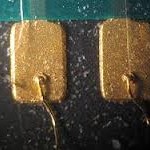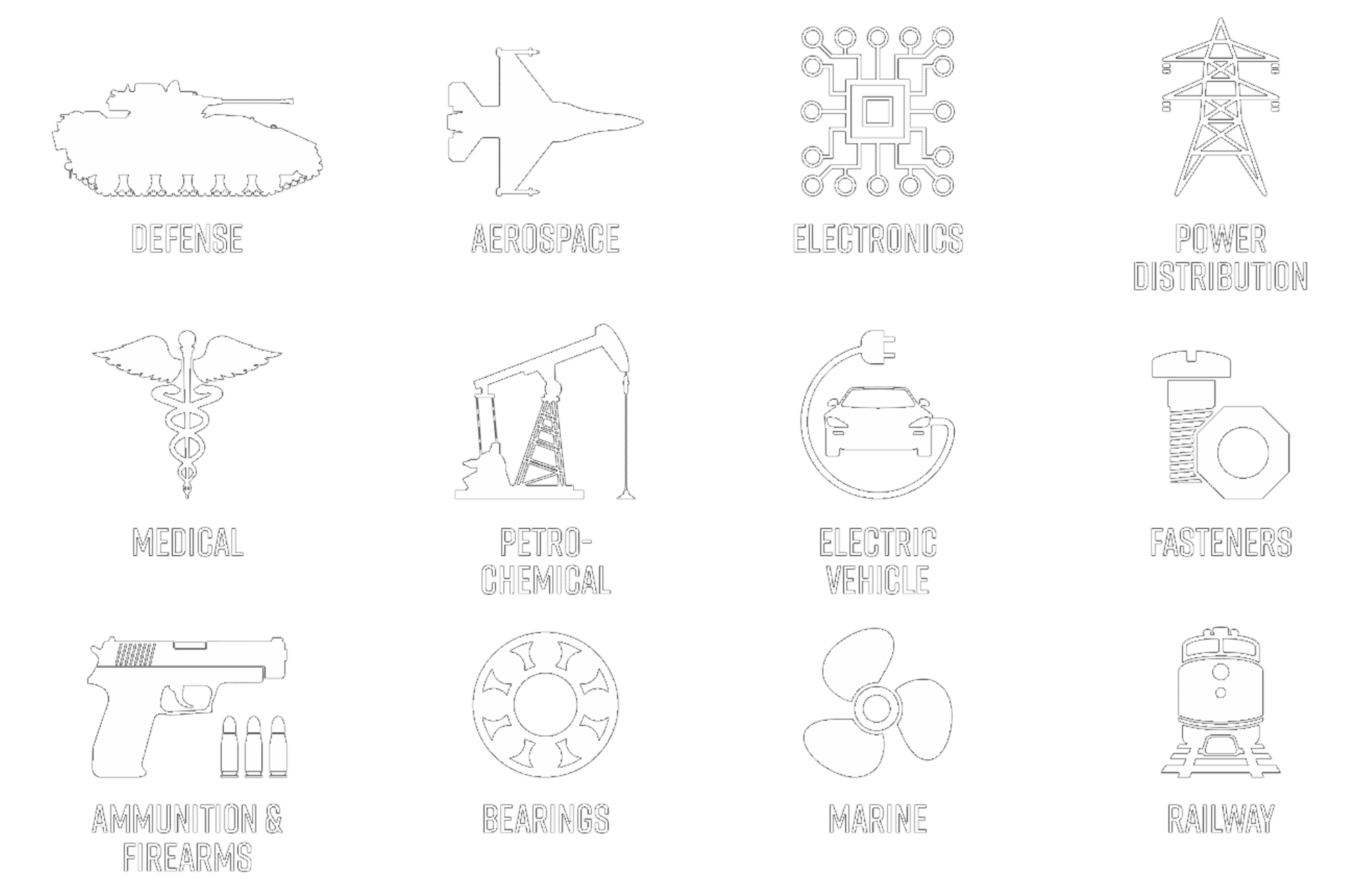By E Probasco




No matter which type of finish or type of wire bonding is used, the following factors are important in the plating process.
- Purity of the deposit – Purity of the gold plating layer is extremely important in successful wire bonding, making sure the deposit is pure and that metallic impurities are under maximum allowable levels. This may seem intuitive in regards to bonding performance. However, it is just as important for the immediate underplate used prior to the gold or silver plating to be clean and free of impurities and large levels of co-deposited brighteners. Nickel is typically used as a diffusion barrier when gold or silver plating copper alloys commonly used in lead frames. APT typically recommends the use of a high purity sulfamate nickel as an excellent underplate for wire bonding applications.
- Final Rinsing – A very important factor in a successful wire bonding plating finish is the final rinsing of the parts. Good rinsing to remove any residual plating solution is extremely important as salts from plating solutions can dry on the surface of parts and cause issues with the bonding process. Also it is quite typical to use a hot deionized rinse as a final rinse. This leaves a very clean surface and doesn’t leave cationic and anionic contaminates that can exist in standard city supplied rinse water sources.
- Handling, packaging, and storage of plated product are often overlooked key factors to bonding success. Keeping parts clean and dry when removed from storage is crucial. If plated parts are going through a secondary machining/forming operation, it is important that parts are cleaned in such a manner that any oils or lubricants used in that process are not left on the surface of the plating, which would cause issues in the bonding process and make root cause analysis of where the issue is occurring more difficult. It is common practice to use wire bonding testing samples to accompany orders so that prior to any other post plating operations that may take place, wire bondability as plated can be verified. If there is an issue on the sample coupon then root cause of the failure can be localized to the plating. If they pass and then parts fail downstream after secondary operations, then the root cause can be focused on the handling and cleaning post plating. This practice can ultimately save costs associated with wasted added value operations and downtime.
Wire bonding plating finishes often causes complications within supply chain if not properly specified, processed, packaged and stored. However, as long as the supply chain is clear on the type of bonding application that is being used, agreed upon having the best finish (plating scheme) for that application, including best plating practices in regards to purity and cleanliness of the deposit, and every effort is taken to ensure the proper handling and storage of parts prior to the wire bonding operation, then a successful and robust process can easily be achieved.






